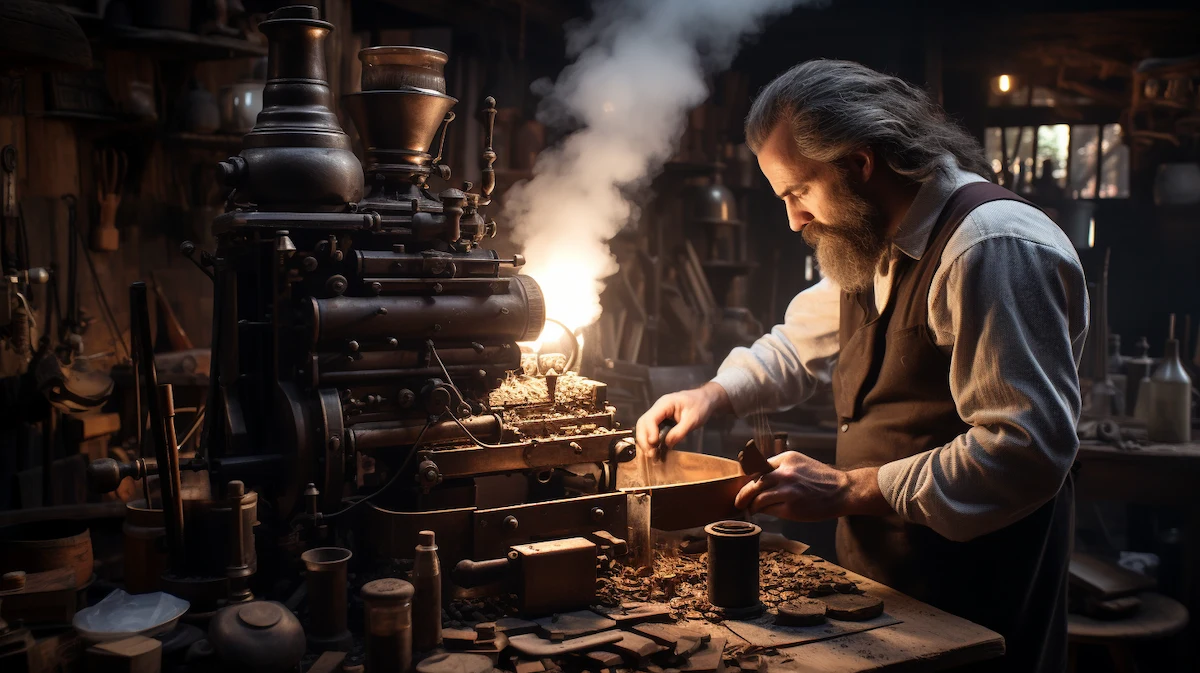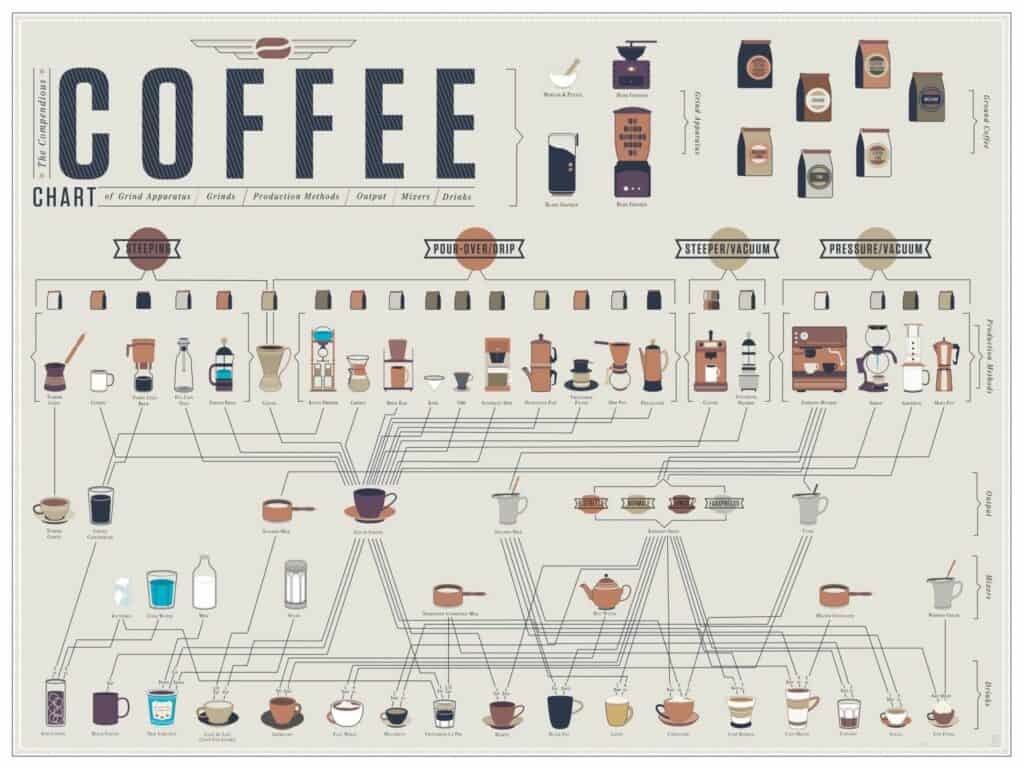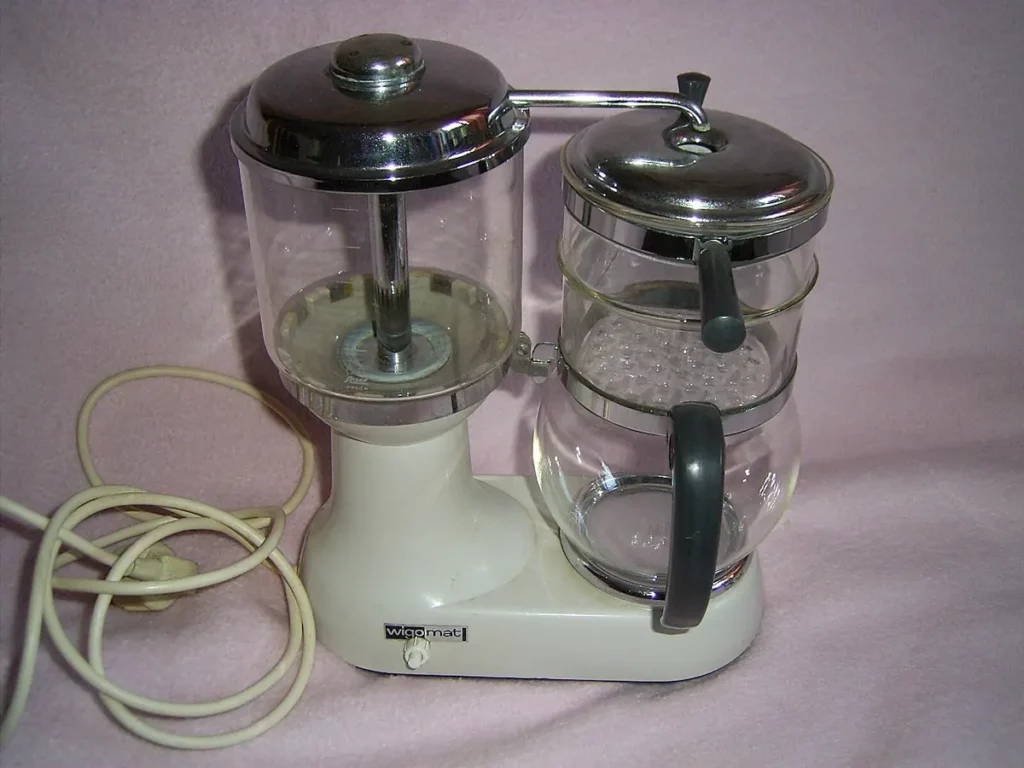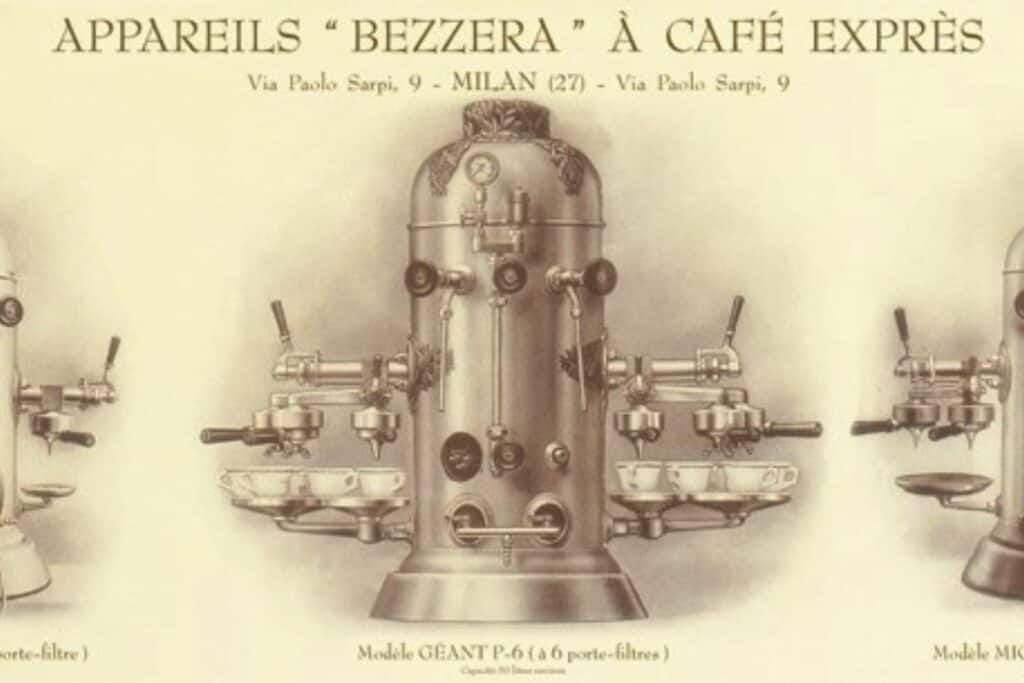In the vast tapestry of human history, few inventions have woven themselves so seamlessly into the fabric of our daily lives as the coffee maker.
Like a skilled artisan crafting a masterpiece, the coffee maker has become an essential tool in our quest for the perfect cup of liquid gold. But who can be credited with this stroke of genius? Who is the mastermind behind the world’s most popular piece of coffee brewing kit?
Through the annals of time, various brewing methods have emerged and evolved, from boiling pots to exotic Turkish coffee ceremonies. However, it was not until the rise of the percolator that a revolution in coffee making truly began.
Yet even this innovation pales in comparison to the groundbreaking contribution made by Melitta Bentz – the birth of the paper filter.
But it wasn’t until later advancements in technology that we witnessed a true game-changer: the automatic drip coffee maker. This marvel of convenience allowed us to wake up to freshly brewed java without lifting a finger.
And let us not forget about espresso machines – those magnificent contraptions that harness both artistry and science to deliver an unparalleled sensory experience through pressure brewing.
In this article, we’ll delve deeper into each of those topics to answer 2 questions:
When was the coffee maker invented and who invented the coffee maker?
Key Takeaways
- Percolators brought convenience to home brewing and influenced the development of automated coffee makers.
- Melitta Bentz invented the paper filter which improved coffee taste and the cleaning process.
- The automatic drip coffee maker revolutionized convenience by automating the brewing process, leading to its popularity.
- Espresso machines revolutionized the way people enjoy coffee with their precision, speed, and versatility in brewing.
Early Brewing Methods: From Boiling Pots to Turkish Coffee
The evolution of brewing methods, from the use of boiling pots to the intricate process of making Turkish coffee, highlights the rich history and cultural significance associated with early forms of coffee preparation.
In ancient times, people would simply boil water and add ground coffee beans to create a rudimentary form of coffee. This method was simple yet effective in extracting the flavors from the beans.
As time went on, more sophisticated methods were developed. The invention of the coffee maker revolutionized how coffee was brewed. With this invention, hot water could be poured over ground coffee beans and filtered through a mesh or paper filter. This allowed for a more refined extraction process and resulted in a cleaner cup of coffee.
Another significant development in coffee brewing methods came with the introduction of espresso machines in the late 19th century. These machines used pressure to force hot water through finely ground coffee, resulting in a concentrated shot of espresso.
The evolution of early brewing methods laid the foundation for modern-day techniques and appliances that have transformed how we prepare the world’s favorite caffeinated beverage.
The Rise of the Percolator: A Revolution in Coffee Making
One pivotal development in the history of coffee preparation was the emergence of a revolutionary brewing method known as percolation. The percolator marked a significant milestone in the evolution of the coffee maker, bringing about a revolution in how coffee was made.
The coffee percolator was invented by Sir Benjamin Thompson. Born in Massachusetts in 1753, Thompson ascended to fame for his scientific achievements and practical inventions (1). Among his numerous contributions was the development of an early prototype for a coffee machine. It would later evolve into the modern coffee maker. This invention marked a milestone in coffee brewing history as it provided an innovative way to extract flavors from the beans.
- Percolators introduced an innovative way to extract flavor from coffee grounds by repeatedly cycling hot water through them.
- This method led to a more efficient and consistent extraction process, resulting in richer and more flavorful cups of coffee.
The rise of percolators brought convenience to households, allowing individuals to brew their own coffee without much effort. With its simple design and ease of use, percolators quickly gained popularity among coffee enthusiasts and became a common fixture in homes.
- The invention of the percolator not only revolutionized home brewing but also influenced subsequent advancements in automated coffee makers.
The introduction of the percolator had a profound impact on the world of coffee making. Its rise brought forth new possibilities for extracting flavors from coffee grounds. This invention laid the foundation for future innovations and contributed significantly to shaping modern-day coffee culture.
Melitta Bentz and the Birth of the Paper Filter
Another figure that greatly shaped modern coffee culture is Melitta Bentz. Bentz revolutionized the coffee brewing process by introducing a game-changing innovation that acted as a sieve, allowing only pure and refined flavors to flow through. Her invention – the paper filter – marked a significant milestone in the history of coffee making.
Prior to Bentz’s breakthrough, coffee drinkers were limited to using methods such as percolation, which often resulted in a bitter and over-extracted brew.
Bentz’s creation came about in 1908 when she grew frustrated with the sediment-filled coffee that was common at the time (2). Determined to find a solution, she experimented with different materials until she discovered that blotting paper could effectively trap unwanted particles while still allowing for the smooth passage of the flavorful coffee oils.
The result was an improved coffee-making experience that produced cleaner-tasting beverages. Bentz’s paper filter soon gained popularity. Her invention not only enhanced the taste but also simplified the cleaning process, as it eliminated the need for cumbersome metal filters.
The impact of Melitta Bentz’s ingenuity cannot be overstated. Her invention laid the foundation for modern-day drip brewing systems and influenced subsequent advancements in coffee maker technology. The V60, Chemex, Kalita Wave, Melitta brewer numerous other brew methods all use filters. Even the Aeropress by Alan Adler uses a paper filter. All of these may never have been invented without Bentz’s paper filter.
The Automatic Drip Coffee Maker: A Game-Changer in Convenience
After the paper filter, the next major invention was the the automatic drip coffee maker. It introduced a whole new level of convenience by automating the coffee brewing process.
Unlike previous methods where water was manually poured over grounds, this machine featured a reservoir that held water and released it in a controlled manner onto a basket containing coffee grounds. The water would then pass through the filter, extracting flavor and aroma from the beans before dripping into a pot or carafe.
Coffee Maker Innovations
Innovations in coffee maker technology have been largely credited to Gottlob Widmann, who in 1954 patented the first electric drip brewer, known as the Wigomat. This device marked a critical point in coffee maker innovations, streamlining the process and setting the standard for future developments.
The automatic drip coffee maker quickly gained popularity due to its ease of use and consistent results. It eliminated the need for manual monitoring and allowed users to set timers for their desired brew time. This feature proved particularly attractive to busy households where time was a precious commodity, especially in the morning.
Today, there are various types of automatic drip coffee makers available on the market, ranging from basic models to high-end machines with advanced features such as programmable settings and built-in grinders. With advancements in technology, these machines have become even better at extracting flavors from coffee grounds while providing greater control over brewing variables such as water temperature and extraction time.
Espresso Machines: The Art and Science of Pressure Brewing
As well as coffee makers, espresso machines transformed the brewing process by utilizing pressure to extract a concentrated and more intense shot of coffee.
The espresso machine was invented by Angelo Moriondo of Turin, Italy, who received a patent for it in 1884 (3). However, the machine was not widely popularized until later designs were created.
In 1901, Luigi Bezzera, also from Italy, patented improvements to the machine which introduced the portafilter, multiple brew heads, and a boiler. These improvements allowed for the faster production of espresso and are still features of machines today (4).
Desiderio Pavoni purchased Bezzera’s patent in 1903, and started manufacturing the machines in a factory. He is often credited with popularizing espresso and introducing it on a large scale. His legacy lives on today with the “La Pavoni” brand.
Conclusion
To sum up, the coffee maker has evolved significantly throughout history, from early brewing methods to modern-day espresso machines.
One fascinating anecdote that illustrates this evolution is the story of Melitta Bentz and the birth of the paper filter. Her innovative idea revolutionized coffee making by creating a cleaner and more efficient brewing process.
This metaphorical journey showcases how human ingenuity and creativity have continually pushed the boundaries of convenience and taste in our quest for that perfect cup of coffee. And, this journey is still ongoing. From smart coffee makers to “no-bypass brewing”, innovation is a constant in the coffee world. I for one am excited about what’s next to come.
Frequently Asked Questions
What was the first country to use a coffee maker?
The first country to utilize a coffee maker was France, where Louis Bernard Rabaut designed the pioneering machine in 1802.
How has the coffee maker influenced the coffee industry’s growth throughout the years?
The coffee maker’s invention significantly propelled the growth of the coffee industry, fostering convenience in brewing and enhancing flavor consistency. This instrumental tool catalyzed market expansion, product diversification, and increased global consumption rates.
What are the most popular types of coffee makers today?
The most popular types of coffee makers today are automatic drip coffee makers, single-serve pod machines, and espresso makers. French press and percolators are also popular due to their distinctive brewing styles and unique flavor profiles.
How does the brewing process differ in various coffee makers?
Brewing processes vary among coffee makers. Drip brewers pass hot water through grounds, whereas espresso machines apply pressure. French presses steep coffee in boiling water, while percolators recycle boiled water through a basket of grounds.
Are there any significant environmental impacts caused by the production or use of coffee makers?
Production of coffee makers contributes significantly to environmental degradation. The International Coffee Organization reports that 23 million tons of waste is produced annually from discarded machines, raising concerns regarding sustainable production and disposal methods.

Coffee expert and industry insider, I’ve dedicated years to mastering the art and science of coffee making. From scrutinizing particle fineness to evaluating burr shapes, I delve into the minutiae that elevate coffee from good to exceptional. Whether it’s a complex pour-over or a robust espresso, my insights cater to those who don’t just drink coffee, but experience it.





